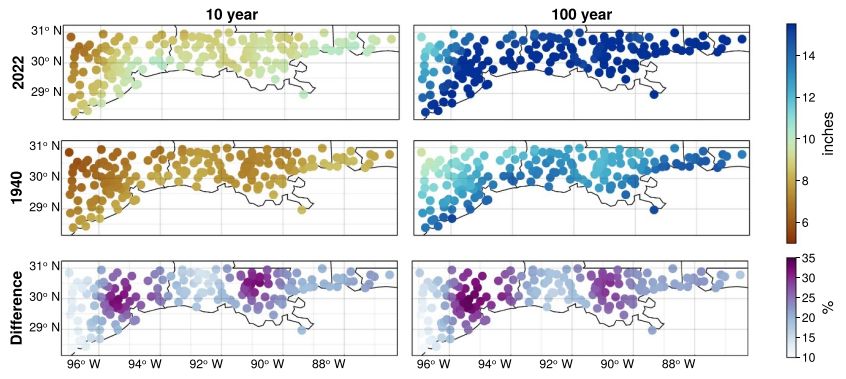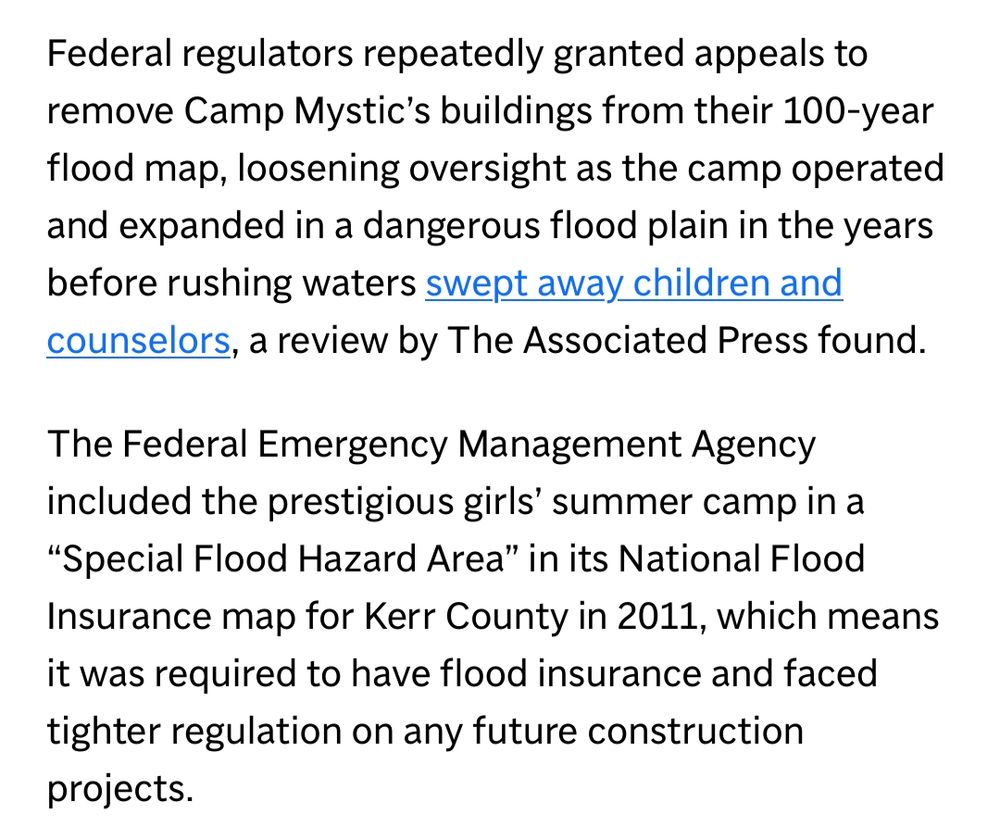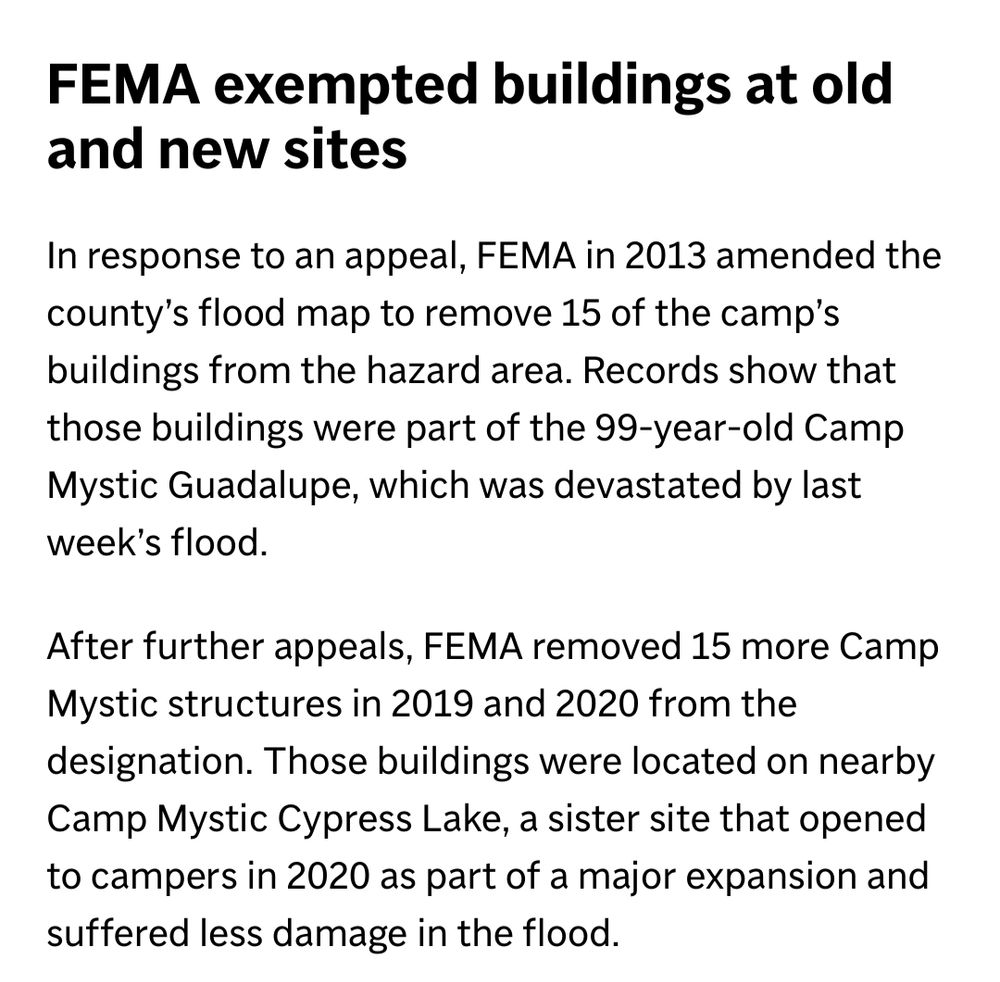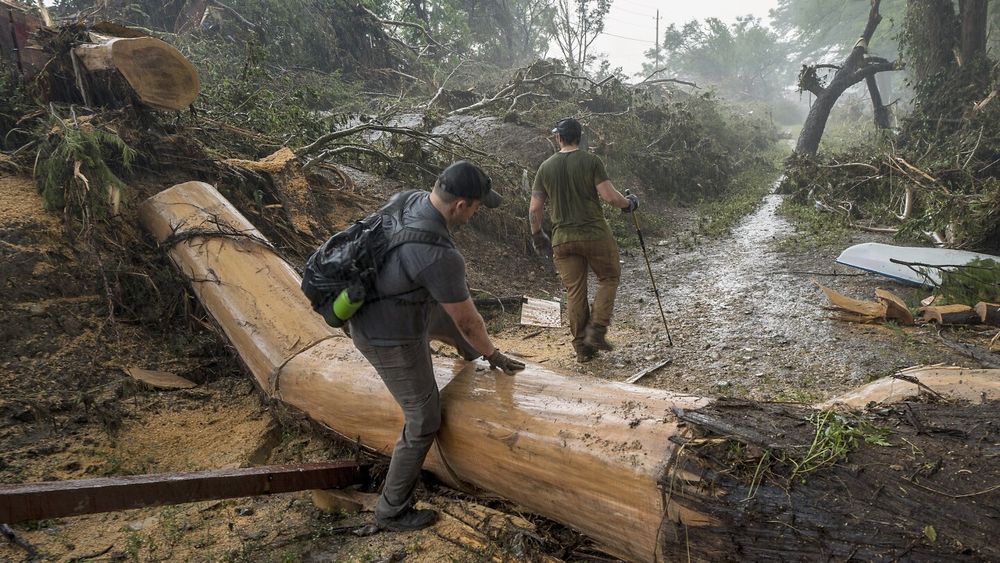James Doss-Gollin
@jdossgollin.bsky.social
1.9K followers
700 following
170 posts
Assistant prof @ Rice CEVE. New Haven kid in Houston, husband, dad, romanista, albirrojo. I study and simulate hydroclimate risks to enable adaptive, efficient, and resilient infrastructure.
https://dossgollin-lab.github.io
https://ai4climaterrr.rice.edu
Posts
Media
Videos
Starter Packs
Reposted by James Doss-Gollin
Reposted by James Doss-Gollin
Reposted by James Doss-Gollin
Reposted by James Doss-Gollin
Reposted by James Doss-Gollin
Daniel Swain
@weatherwest.bsky.social
· Jul 5
Reposted by James Doss-Gollin
Matt Lanza
@mattlanza.bsky.social
· Jul 5
Reposted by James Doss-Gollin
Adam Pollack
@crispapoll.bsky.social
· Jul 5



![Screenshot of a paragraph about fossil fuels and wasted energy:
"As the Rocky Mountain Institute explains it: “Today, most energy is wasted along the way. Out of the 606 EJ [exajoules] of primary energy that entered the global energy system in 2019, some 33% (196 EJ) was lost on the supply side due to energy production and transportation losses before it ever reached a consumer. Another 30% (183 EJ) was lost on the demand side turning final energy into useful energy. That means that of the 606 EJ we put into our energy system per annum, only 227 EJ ended up providing useful energy, like heating a home or moving a truck. That is only 37% efficient overall.” That’s the old system, and it’s dirty, toxic to human health and the environment – and our politics – as well as the main driver of climate chaos. And wasteful."](https://cdn.bsky.app/img/feed_thumbnail/plain/did:plc:2zytqzub4mwqb5m7zvefdrpw/bafkreiah76nsqmjm27mbqadhllnqogbdsmeslpy4egojgka77rnwzvnf2a@jpeg)







